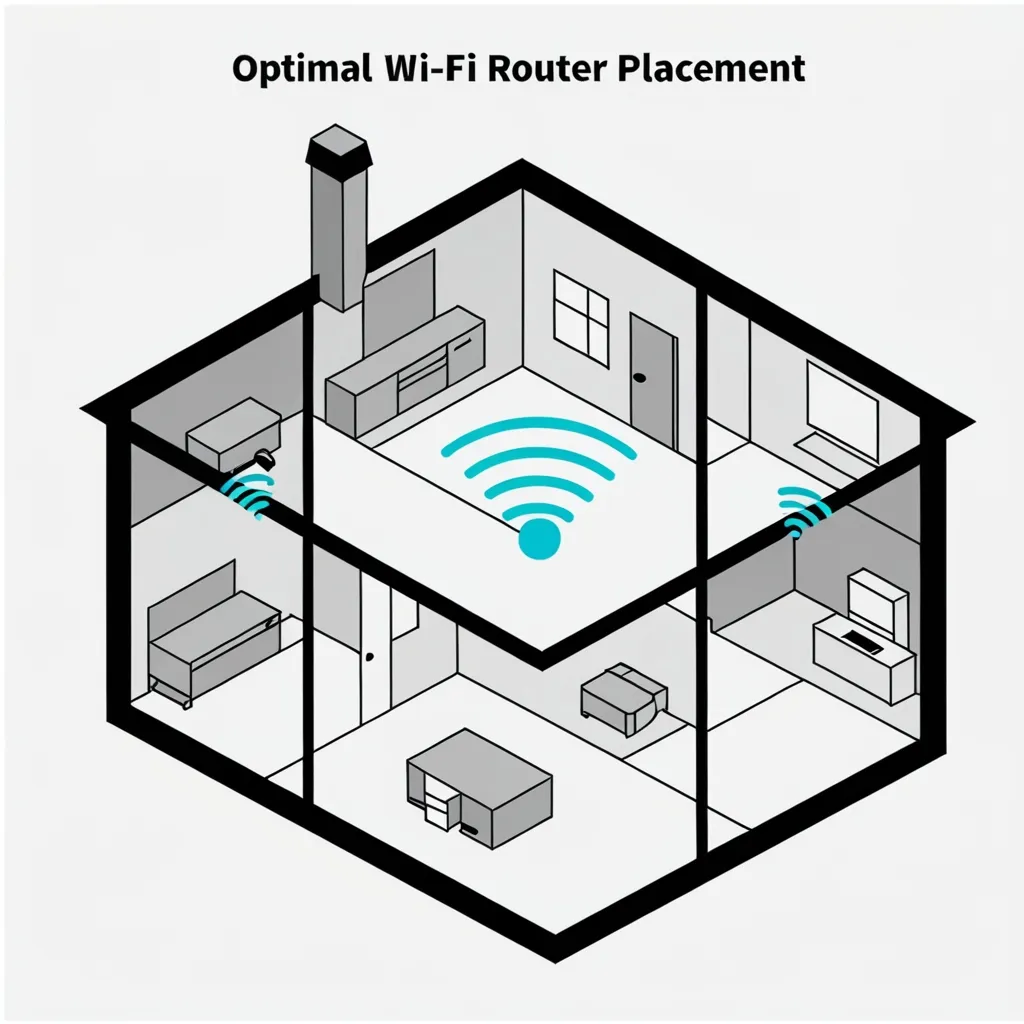In a world where technology and human emotion are increasingly intertwined, the concept of quantum empathy offers a fascinating glimpse into the future of interpersonal connections. Imagine being able to sense the emotions and thoughts of another person as if they were your own, regardless of the physical distance between you. This is not about reading body language or making educated guesses; it’s about harnessing the principles of quantum entanglement to create a profound emotional link.
Quantum entanglement, a phenomenon from the realm of quantum physics, describes how two particles can become linked in such a way that changes to one particle instantly affect the other, no matter how far apart they are. When applied to human interactions, this concept suggests that we could create a similar entanglement between brain waves and neurological patterns, allowing for a deep and immediate connection between individuals.
To understand how this works, let’s delve into the idea of quantum listening and empathy. Traditional empathy involves putting yourself in someone else’s shoes and trying to understand their feelings. However, quantum empathy takes this to a new level by enabling a direct, almost telepathic connection. This means that instead of just imagining how someone feels, you can actually experience their emotions in real-time.
Picture a scenario where you’re in a meeting and someone is struggling to express their concerns. With quantum empathy, you could instantly sense their frustration or anxiety, allowing you to respond in a more compassionate and understanding way. This isn’t about mind-reading; it’s about being attuned to the emotional energy around you.
The potential applications of this technology are vast. In fields like psychology and counseling, quantum empathy could revolutionize how therapists connect with their clients. Imagine a therapist who can truly feel what their client is experiencing, allowing for a deeper level of understanding and more effective therapy sessions. This could make counseling more intuitive and impactful, helping people cope with their feelings and thoughts more effectively.
In everyday life, quantum empathy could transform how we interact with each other. It could help us navigate complex social situations with ease, fostering stronger relationships and more effective communication. For instance, in a family setting, parents could better understand their children’s emotional needs, leading to more harmonious and supportive relationships.
But how does this work in practice? One possible approach involves using non-invasive external devices that can connect brain activity between two people. Technologies like electroencephalography (EEG) and transcranial magnetic stimulation (TMS) could be used to create this connection. These devices would be easy to use and wouldn’t require any surgical implants, making them safer and more accessible.
For example, imagine wearing a headset that can read and transmit your brain waves to someone else’s headset. This would allow you to share thoughts and feelings directly, creating a shared and immersive experience. This technology could make communication faster and more intuitive, almost like telepathy.
However, developing this technology is a significant challenge. Scientists need to create devices that can accurately manipulate and observe the delicate states of brain activity within the complex environment of a living brain. Achieving these breakthroughs would require major advancements in several fields, including neuroscience, quantum physics, and engineering.
Despite the challenges, the potential benefits are immense. Quantum empathy could lead to revolutionary advancements in brain science and technology, transforming how we understand and control neural activities. It could also have a profound impact on conflict resolution, allowing people to understand each other’s perspectives on a much deeper level.
In a world where quantum empathy is a reality, interpersonal interactions would become richer and more meaningful. We would be able to connect with others on a fundamental level, transcending physical barriers and fostering a deeper understanding of each other’s feelings and experiences. This isn’t just about improving relationships; it’s about creating a more empathetic and compassionate society.
As we move forward in this technological age, it’s exciting to think about the possibilities that quantum empathy offers. It’s a reminder that the boundaries between science and human emotion are not as rigid as they once seemed. By harnessing the power of quantum entanglement, we can create a world where emotional connections are stronger, more intuitive, and more profound than ever before.
In this quantum-empathetic world, we would be more attuned to the emotional energy around us, allowing us to navigate complex social situations with ease and foster stronger, more meaningful relationships. It’s a future where technology enhances our humanity, rather than diminishing it, and where the connections we make with others are deeper and more significant.
As we explore this new frontier, it’s important to remember that quantum empathy is not just a technological innovation; it’s a way of understanding and connecting with each other on a deeper level. It’s about recognizing that we are all interconnected and that our emotions and thoughts can resonate with each other in profound ways.
In the end, the concept of quantum empathy challenges us to rethink how we interact with each other and how we understand the world around us. It offers a glimpse into a future where empathy is not just a virtue, but a technological capability that can transform our lives and our relationships in profound ways.






